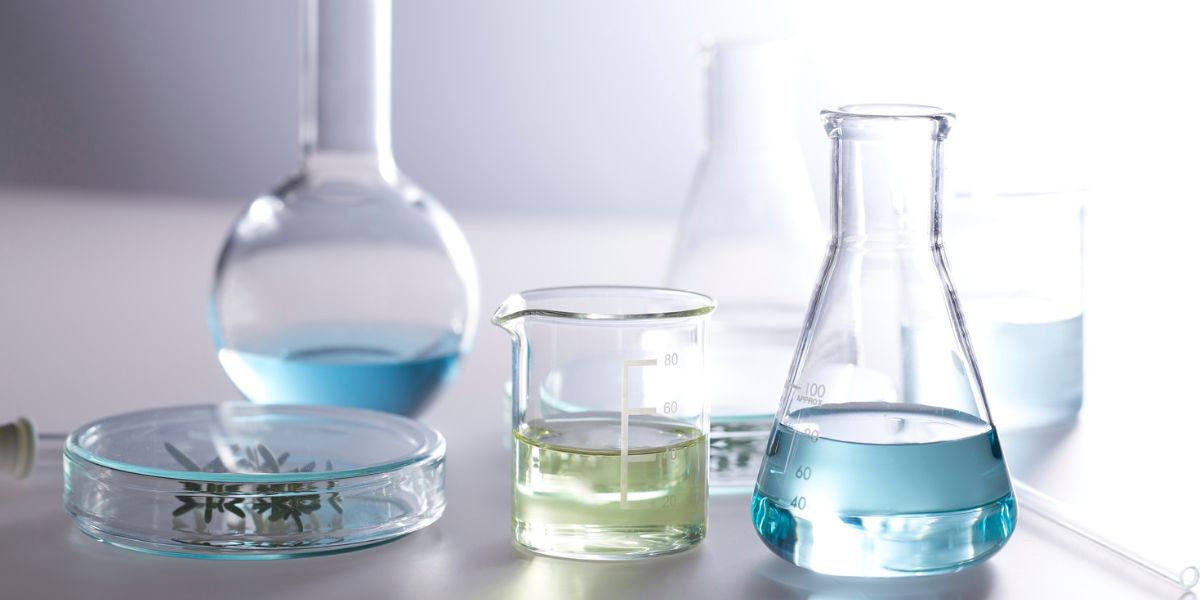Textile Colour, Chemical & Instruments Solutions
Textile Colour, Chemical & Instruments Solutions

The textile industry, a vibrant tapestry of creativity and innovation, has long grappled with an environmental paradox. For decades, the pursuit of brilliant colours and diverse finishes came at a significant cost: immense water consumption, energy-intensive processes, and the discharge of chemical-laden wastewater. But a fundamental shift is underway. The “Green Revolution” is transforming the dye house, ushering in an era where sustainability and stunning aesthetics not only coexist but thrive together. At Qualidatex, we believe that the future of textile coloration is intrinsically linked to eco-conscious practices and advanced chemical solutions.
The Thirsty Dye House: A Call for Change
Traditional textile dyeing and finishing processes are notorious for their reliance on water. From scouring and bleaching to rinsing and dyeing, countless litres are consumed, only to be discharged as effluent, often laden with residual dyes, salts, and auxiliary chemicals. This not only strains freshwater resources but also contaminates aquatic ecosystems. Similarly, the energy required to heat water and run machinery contributes significantly to carbon emissions.
Consumers, too, are increasingly demanding transparency and sustainability from their favourite brands. This growing awareness, coupled with stricter environmental regulations worldwide, has created an urgent imperative for the industry to innovate. The good news? The chemical solutions needed for this transformation are not only available but are continually evolving, offering pathways to truly vibrant, yet responsible, textile production.
Waterless Wonders: Revolutionizing Dyeing
Perhaps the most impactful innovation in sustainable dyeing is the advent of waterless technologies. Imagine a dye house where water scarcity is no longer a concern – this is the promise of:
✅ Supercritical CO2 Dyeing: This groundbreaking method uses carbon dioxide in its supercritical fluid state (a phase between liquid and gas) as the dyeing medium. Dyes dissolve readily in supercritical CO2, penetrating textile fibres without the need for water. After dyeing, the CO2 can be recovered and recycled, leaving behind a perfectly dyed fabric and a completely dry, dye-free process. This technology eliminates water consumption for dyeing and significantly reduces energy use for drying, offering a truly game-changing solution.
✅ Foam Dyeing: While not entirely waterless, foam dyeing drastically cuts water usage. Here, dyes are applied to fabrics using a highly concentrated foam, which carries a minimal amount of water. The foam ensures even application and efficient dye uptake, reducing both water and energy requirements for drying.
✅ Pigment Printing with Minimal Water: Advancements in pigment printing technologies are allowing for vibrant designs with significantly reduced water use compared to reactive dyeing, as pigments often require less washing-off.
Eco-Friendly Dyes and Auxiliaries: The Heart of Green Chemistry
Beyond the process, the very chemistry of dyeing is undergoing a green overhaul. The focus is shifting towards dyes and auxiliary chemicals that are non-toxic, biodegradable, and derived from renewable resources:
✅ Bio-Based Polyethylene Dispersions: These innovative dispersants are replacing petroleum-based alternatives, offering excellent performance in dye formulations while reducing reliance on fossil fuels.
✅ Biodegradable Dispersants: These ensure that chemicals break down harmlessly in the environment, mitigating their ecological footprint.
✅ Natural and Microbial-Engineered Dyes: While still emerging for large-scale industrial application, the potential of dyes derived from plants, insects, or even engineered microorganisms (like those developed by Colorifix) represents the ultimate in sustainable colour. These offer vibrant hues without the synthetic chemical burden.
✅ Salt-Free and Low-Salt Dyeing Auxiliaries: Traditional dyeing often requires large quantities of salt. New auxiliaries are being developed that minimize or eliminate the need for salt, drastically reducing the salinity of wastewater.
At Qualidatex, we prioritize offering solutions that support these advancements, providing chemicals that enhance dye uptake, improve fastness, and optimize processes while adhering to the highest environmental standards.
Low-Temperature Processing: Saving Energy, One Degree at a Time
Energy consumption is another critical area where sustainable chemical solutions are making a difference. Heating large volumes of water for dyeing and finishing cycles requires substantial energy.
✅ Enzyme-Based Pre-treatment: Enzymes like cellulases, amylases, and pectinases are replacing harsh chemical treatments for desizing, scouring, and bio-polishing. These enzymatic processes can often be conducted at lower temperatures and milder pH conditions, saving energy and reducing the need for aggressive chemicals.
✅ Low-Temperature Dyeing Auxiliaries: Formulations are being developed that enable effective dye fixation and penetration at significantly lower temperatures. This directly translates to reduced energy consumption for heating water, contributing to a smaller carbon footprint.
✅ Cold Pad Batch Dyeing: This technique uses reactive dyes with specific auxiliaries that allow for dyeing at room temperature, with the fabric then batched for a period to allow dye fixation. This dramatically cuts energy use for heating.
The Business Case for Green Chemistry: More Than Just Eco-Friendly
Embracing sustainable chemical solutions isn’t just about environmental responsibility; it’s a strategic business decision.
✅ Cost Savings: Reduced water and energy consumption directly translate to lower operational costs. Furthermore, efficient dye uptake and reduced chemical waste can lead to savings on raw materials and effluent treatment.
✅ Regulatory Compliance: Staying ahead of increasingly stringent environmental regulations (like REACH and ZDHC) prevents fines and ensures market access.
✅ Brand Reputation and Consumer Loyalty: Brands that demonstrate a genuine commitment to sustainability resonate strongly with modern consumers, fostering trust and loyalty.
✅ Innovation and Competitive Advantage: Investing in green chemistry positions companies at the forefront of industry innovation, attracting talent and partnerships.
The Green Revolution in the dye house is not a distant ideal; it is happening now. With companies like Qualidatex committed to providing cutting-edge, sustainable chemical solutions, textile manufacturers have the tools to create vibrant textiles that are not only beautiful but also kind to our planet. The future of colour is indeed green.
We are a leading trader of textile instruments and consumables in India. Our extensive range of products caters to the diverse needs of the textile industry.
Textile Colour, Chemical & Instruments Solutions
Company
Account
Support
Payments

Company
Account
Support
Payments

Legal
© 2025 Qulidatex. All Rights Reserved.